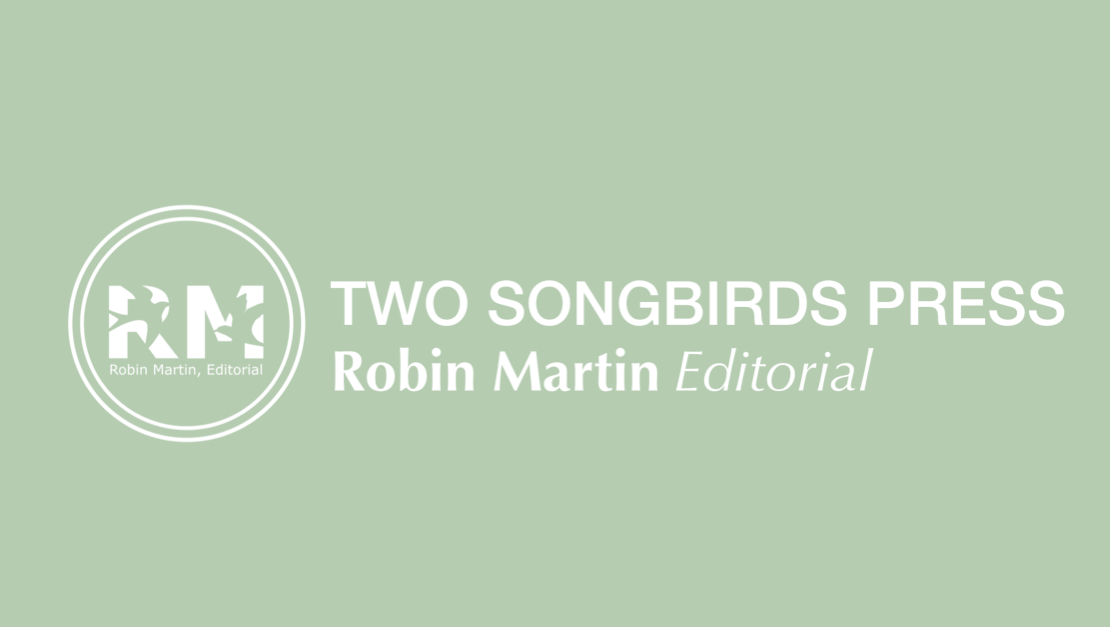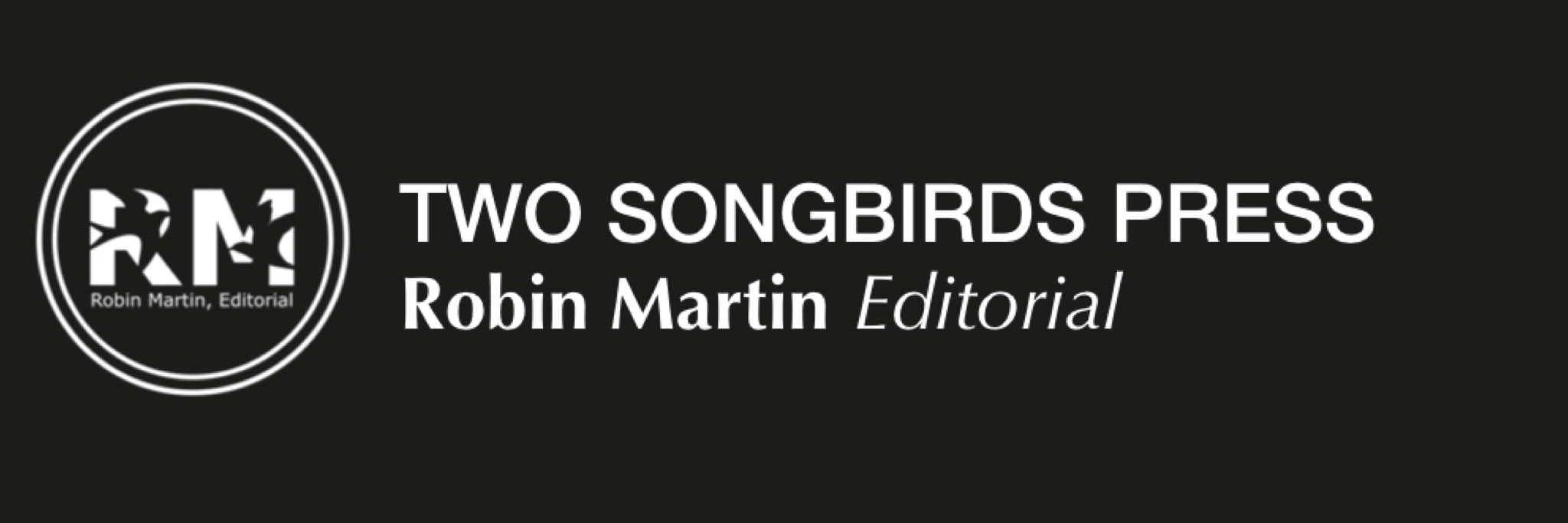- April 16, 2015
- Robin Martin
- No Comments

Janna Marlies Maron, the Executive Editor/Publisher of the literary non-fiction and visual arts magazine Under the Gum Tree, and I (Senior Editor) attended and stopped by to chat with the many writers and publishers of creative non-fiction at #AWP15.
 We attended panel F119: Do you Believe in Magic? Truth and Illusion in Creative Nonfiction, with Sy Safransky and Krista Bremer from The Sun, Stephen Elliot, Patricia Foster, and Lee Martin, each of whom brought his/her own way of looking at the issue of that invisible line between fiction and creative non-fiction. My takeaway from that panel? This genre is unique in its moral complexity. “Truth” is a personal matter; take any event and listen to five different participants’ versions of it, and you’ll know this to be a fact. We rely on a fallible memory to say what is the truth. We bring certain facts to the truth and we interrogate these facts in order to find our personal truth. This distinction is important, to me. Because a lot of what I see in the Gum Tree queue is marked by the writer’s inability to actually know what the story is beneath the story- they have put up “facts” of an event but failed to see their “truth.” They have that dislocation of emotion, have been unwilling to see what is really going on. And that examination and what happens when a writer realizes the truth of his or her experience is what I want to read about when I read #CNF.
We attended panel F119: Do you Believe in Magic? Truth and Illusion in Creative Nonfiction, with Sy Safransky and Krista Bremer from The Sun, Stephen Elliot, Patricia Foster, and Lee Martin, each of whom brought his/her own way of looking at the issue of that invisible line between fiction and creative non-fiction. My takeaway from that panel? This genre is unique in its moral complexity. “Truth” is a personal matter; take any event and listen to five different participants’ versions of it, and you’ll know this to be a fact. We rely on a fallible memory to say what is the truth. We bring certain facts to the truth and we interrogate these facts in order to find our personal truth. This distinction is important, to me. Because a lot of what I see in the Gum Tree queue is marked by the writer’s inability to actually know what the story is beneath the story- they have put up “facts” of an event but failed to see their “truth.” They have that dislocation of emotion, have been unwilling to see what is really going on. And that examination and what happens when a writer realizes the truth of his or her experience is what I want to read about when I read #CNF.
But there are some things that a writer is not allowed to exaggerate, conflate, dramatize. And depending on the sub-genre of nonfiction, the contract the writer establishes with the reader looks different, has different rules. The reader expects these rules, however established, to be followed.
 Along the same lines, I attended S119: The Bump and Grind of Meaning: Intuition and Formal Play in Hybrid Nonfiction, a panel assembled by the staff of Passages North, Northern Michigan University’s yearly lit mag. The contributor/panelists talked about textual play, an “interpretive funhouse.” Caleb Curtiss said, as writers, they have “done something with language to tell about something real.” It was non-fiction but not at all essay. In a highlight, Jenny Boully read “Totally,” her piece unravelling music videos. It wasn’t quite flash fiction, not quite prose poetry. What was it? This panel argued that it is okay not to quite know.
Along the same lines, I attended S119: The Bump and Grind of Meaning: Intuition and Formal Play in Hybrid Nonfiction, a panel assembled by the staff of Passages North, Northern Michigan University’s yearly lit mag. The contributor/panelists talked about textual play, an “interpretive funhouse.” Caleb Curtiss said, as writers, they have “done something with language to tell about something real.” It was non-fiction but not at all essay. In a highlight, Jenny Boully read “Totally,” her piece unravelling music videos. It wasn’t quite flash fiction, not quite prose poetry. What was it? This panel argued that it is okay not to quite know.
At Panel S286: The Truth, the Whole Truth, and Nothing but Your Speculations: The Use of Speculation and Other Imaginative Techniques in Creative Nonfiction, I was reminded of some important stuff, including the fact that to speculate means to examine, so much of the evening news is informed speculation, and we live in a state of constant speculation in order to live our lives. Any story a writer writes is created because whatever pre-existing version of the event the writer is writing about is somehow insufficient. This drives the narrator and it focuses the narrative. It is built on the speculation that there is something else to be learned from the story. This was the last panel of the conference, and I confess, I didn’t make it through all the way to the end.



